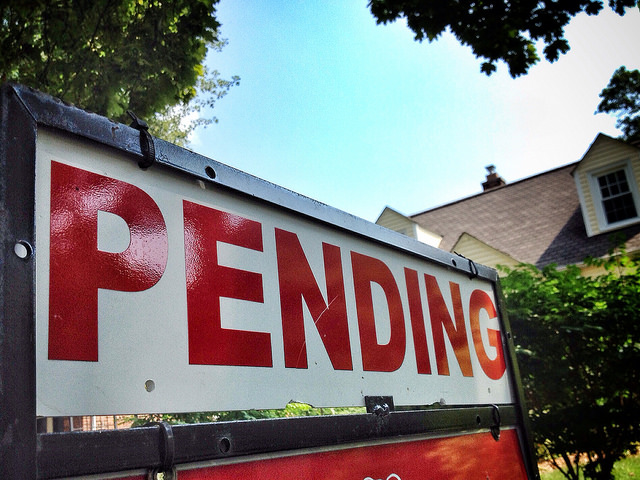Buying a vacation home is something many Americans dream of doing one day but many more think is out of reach. After all, isn’t having a second home only for the rich, famous, and lucky? Well, according to a new report from ATTOM Data Solutions, you may not have to have millions of dollars in order to own your own getaway home. The report ranks the nation’s top 100 cities where at least one in every 12 buyers is looking for a second home. They then took those areas and looked at air quality, summertime temperatures, crime, home appreciation, and prices to determine the best markets for buyers. The results show four states dominating the top 10 and all have homes with a median price below $275,000. Crossville, Tenn., tops the list with cities in North Carolina, Florida, and Maryland rounding out the ten best markets with affordable prices. If, however, you have some money to spend, California’s La Jolla, Santa Barbara, and Laguna Niguel are among the top high-end markets. Boulder, Colo. And Marco Island, Fla., are also among the top five markets with median prices above a half million dollars. More here.













